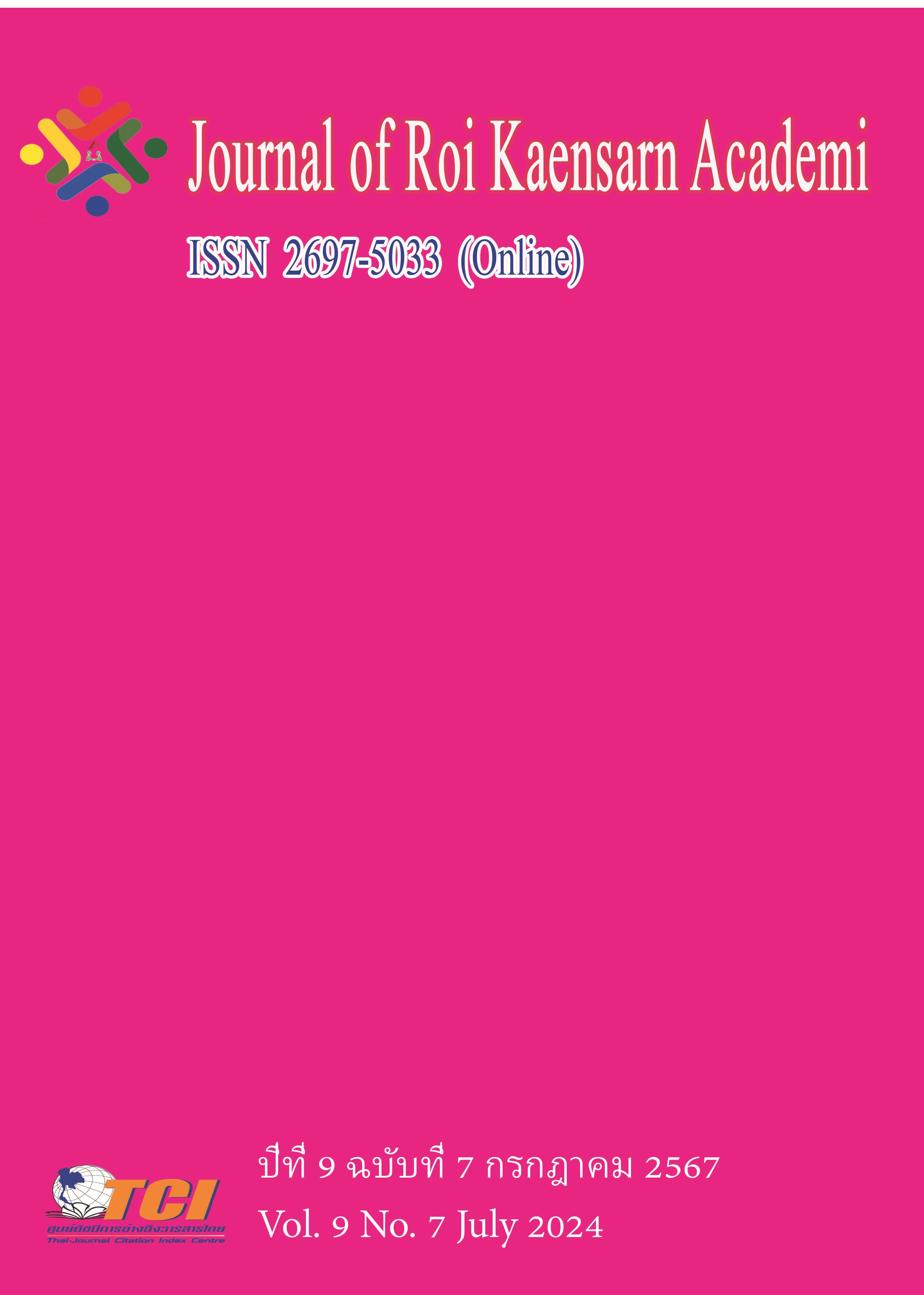Needs for Educational Management Policy of the YI People in Liang sham Area, Sichuan Province
Main Article Content
บทคัดย่อ
The Yi people in Liang Shan area in Sichuan province were one of target group for educational reform for ethnic group, and the appropriated educational policy needs to be investigated. The objective of this study were, (1) to survey data of the needs for educational management policy in Liang Shan area, (2) to identify the components of the needs for educational management policy in Liang Shan area, (3) to find the needs for educational management policy in Liang Shan area, and (4) to prioritize the needs for educational management policy in Liang Shan area.
Mixed method research design were employed to achieve those objectives. The first part was the qualitative employing the focus group with expert who concerned the educational management in Liang Shan Yi people area to achieve objective 1, and 2. The second part was quantitative survey method, population were Yi people who were living in Liang Shan area. Data analysis was descriptive statistic, pair t-test the different means between the expected situation and current situation, as well as the Priority Needs Index (PNI) statistics.
The findings were (1) data of the needs for educational management policy in Liang Shan area were composed of 5 dimensions namely satisfaction, development, reform, target, and resources and in each dimension, there were some items of educational policy. (2) The four dimensions of the needs for educational management policy in Liang Shan area were at high level (PNI > 0.2), found that educational reform policy was the highest priority follow by educational development policy, and the last was educational resources policy. (3) The means different between expected situation and current situation of items for educational management policies were statistically significant different all items showed that people want to improve the situation policy in Yi people area in Liang Shan. (4) The needs for educational management policy in Liang Shan area for all item were very high, for the PNI ranged from 0.67-0.72, 0.67-1.03, 0.94-1.09, 0.60-1.02, and 0.59-0.78 in dimension, educational satisfaction, educational development, educational reform, educational target, and educational resources respectively (cutting point PNI >.02).
Article Details
เอกสารอ้างอิง
Cheng, M., & Duan, C. (2021). (2021). The changing trends of internal migration and urbanization in China: new evidence from the seventh National Population Census. China Population and Development Studies, 5 (3), , 275-295.
Chuan, C. L., & Penyelidikan, J. . (2006). Sample size estimation using Krejcie and Morgan and Cohen statistical power analysis: A comparison. . Jurnal Penyelidikan IPBL, 7 (1), 78-86.
Heberer, T. (2014). (2014). The contention between Han “civilizers” and Yi “civilizees” over environmental governance: a case study of Liangshan prefecture in Sichuan. . The China Quarterly, 219, 736-759.
NBoSo, C. (2016). (2016). national economic and social development statistical bulletin of the people’s republic of China (2019).
Onya, H. E., & Flisher, A. J. (2004). Qualitative adolescent health research—focus groups: a rural South African example. Journal of Child and Adolescent Mental Health, 16 (2), 117-125.
Wang, J., Seyler, B. C., Ticktin, T., Zeng, Y., & Ayu, K. (2020). (2020). An ethnobotanical survey of wild edible plants used by the Yi people of Liangshan Prefecture, Sichuan Province, . China. Journal of ethnobiology and ethnomedicine, , 16, 1-27.
Wongwanich, S. (2007). Needs Assessment Research, 2nd edition. Bangkok: Chulalongkorn University Press.
Ying, Z., & Xing, L. . (2019). A Review of the Frontier Research on Poverty Alleviation through Education of the Yi Minority in Liangshan, Sichuan. . International Journal of New Developments in Engineering and Society, 3 (5).

